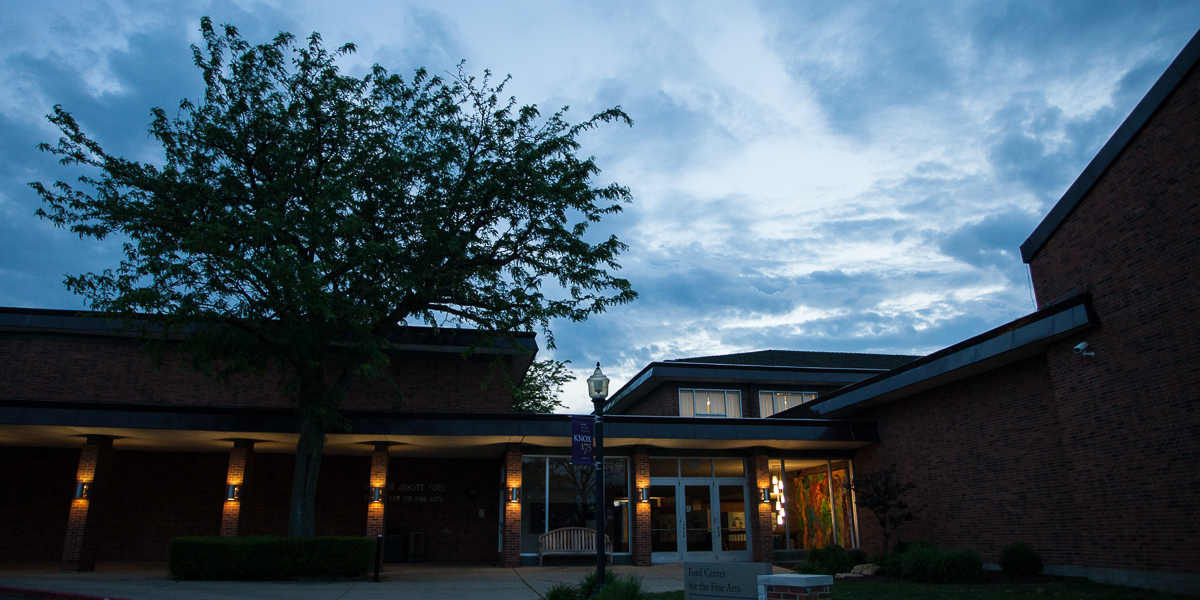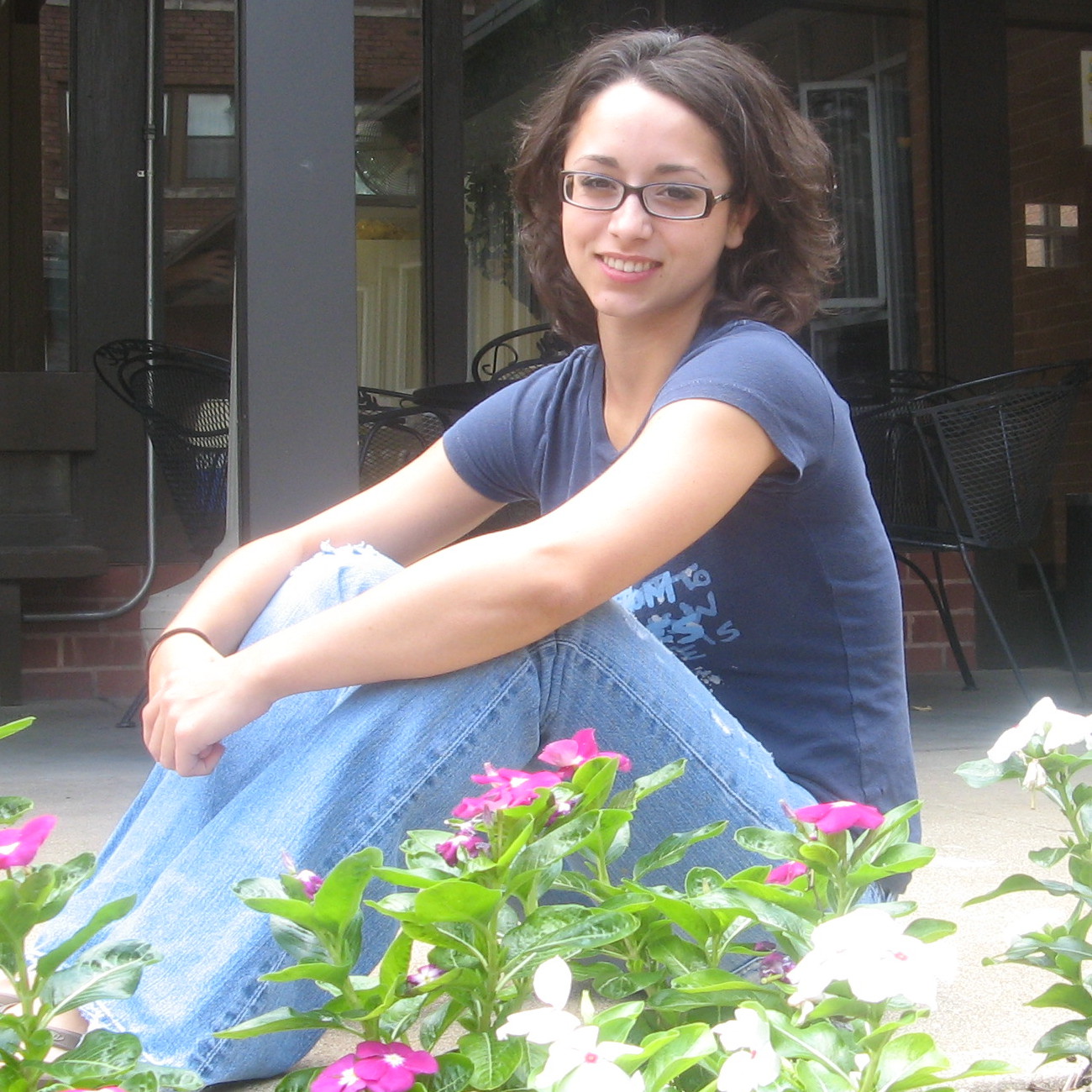

Venture Boldly

Office of Communications
2 East South Street
Galesburg, IL 61401

 As far back as she can remember, Amanda Chavero '09 says she has been a people watcher. So it seems a perfect fit when this anthropology/sociology major received a McNair grant to study the cultural markers of Miami Florida?s Little Havana.
As far back as she can remember, Amanda Chavero '09 says she has been a people watcher. So it seems a perfect fit when this anthropology/sociology major received a McNair grant to study the cultural markers of Miami Florida?s Little Havana.
In her project, ?A House is Not a Home: Identity and Place in Little Havana, Miami Florida,? Chavero examines the language and architecture of the different neighborhoods of Little Havana. ?The idea of not having a home was interesting to me. The Cuban exiles are only 90 miles away from their home. Yet, they are very far away. That seems like a strange sensation to me.?
In the middle of Miami, 124 city blocks of residential neighborhoods are landlocked and fenced in by compact buildings. ?The main reason why Cubans came to the United States was in search of a better life,? Chavero says.
Little Havana is a melting pot of poverty, affluent and middle class. The commercial district sits on Eighth Street (Calle Ocho). ?They turned Eighth Street into the vibrant heart of Little Havana -- the ground zero of Cuban culture. They helped transform nearly every facet of life there, from the economy to the culture, politics to foreign policy, and entertainment to sports.?
Between 350,000 and 400,000 Cubans live in the Miami area, and an estimated 6,356 Cubans reached the United States in 2005. Spanish-speaking residents make up more than half the population of Miami and nearly a third of the population of Dade County (the greater metropolitan area). ?No area of the United States has been so profoundly affected by recent immigration as southern Florida,? Chavero says.
Like Miami itself, Little Havana is a center of a fiercely proud Cuban culture -- a culture that, as Chavero points out, resists attempts to blend it into an all-American way of life. Small boys learn to play Latin music on the guitar. Teenagers practice Latin dances. Older relatives are unwilling to abandon the time-honored institution of the chaperone.
?I am interested in how a place (a church, a college campus) is defined by the behaviors of the people. It is based on the environment you have around you,? Chavero says. ?Little Havana has emerged so closely resembling Havana. That kind of authenticity doesn?t happen in a lot of ethnic neighborhoods.?
According to Chavero, the story of how the Cubans managed to surmount the language barrier and their own poverty on arrival to the United States is one of persevering individuals rather than financial or government institutions.
Perseverance is something that Chavero can identify. She says she came to Knox College because of the opportunities it could offer. ?Studying abroad was the number one item on my list. I will be spending my junior year at the University of Barcelona,? she says. But as much as Chavero is looking forward to her studies abroad, she says that her Knox experience has been incredible. ?Mostly it has allowed me to be who I want to be.?
With honed people-watching skills, she maintains that most places want to shape you into whatever they want, but Knox College is the antithesis. ?I know it sounds cliche, but Knox allows you to be who you want to be, but you have to be the one to do it. It is a defining moment. I cherish these four years and will hold onto them dearly.?
Published on August 29, 2007